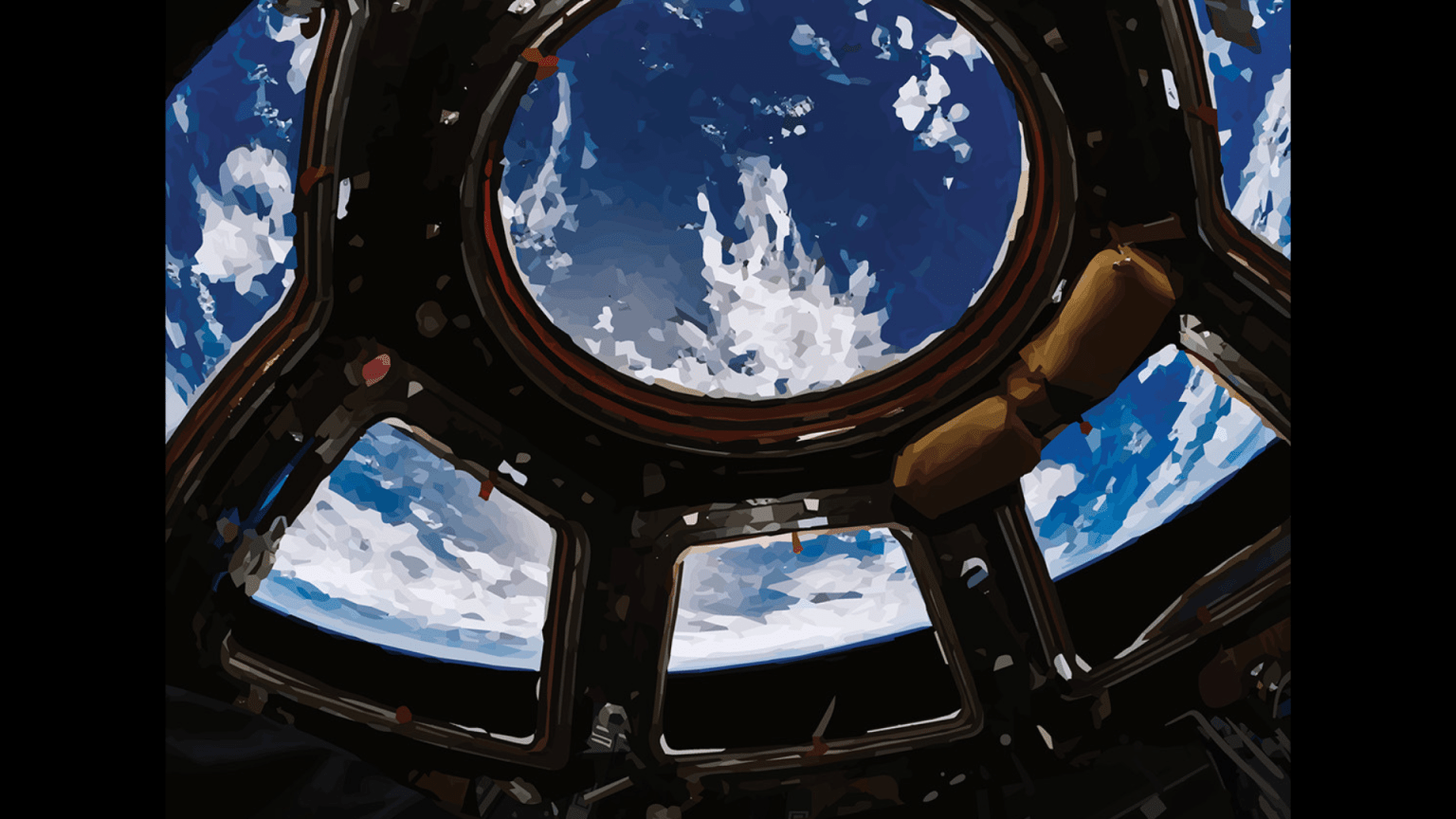
Growing adequate food supplies during future missions to the Moon and Mars will put crew members’ green thumbs to the test. But before going to these distant destinations, many questions remain unanswered in understanding how space affects plant growth. Scientists working on these challenges have recruited student investigators to engage the next generation of explorers and scientists.
A recent Space Seeds project invited schoolchildren across Germany to grow and observe wildflower seeds flown to the International Space Station. Through cooperation between ESA (European Space Agency) and the German Space Agency (DLR), the project attracted over 400 primary schools, transforming more than 12,500 third- and fourth-grade students into budding scientists.
“They will remember this for life,” says Alexandra Herzog, the project’s principal investigator from the German Space Agency (DLR), based in Bonn.

ESA astronaut Alexander Gerst also sent video messages along with the seeds to teach young students about the importance of biodiversity and preserving the planet. When Gerst and the seeds returned to Earth, each school received two seed packets to grow for a blind study: one set of seeds was exposed to space and the other remained on the ground. Unaware of which packet had been on the space station, students then recorded observations of both samples and sent an assortment of posters, videos, and letters directly to the German Space Agency.
“Most schools reported that the seeds that were on the space station, the ‘space seeds’, grew a lot faster and were bigger. The scientists at DLR believe that space travel stimulated the seeds,” said Herzog.
Plans to repeat this experiment will explore these differences further. Accompanying research examining seed genetic differences will take place at the Helmholtz Centre for Environmental Research during the next iteration.
The Canadian Space Agency (CSA) has also inspired young students with a similar Tomatosphere™ project. Over the many flights of the project, thousands of students growing tomato seeds and measuring germination rates in their classrooms have provided valuable scientific data for scientists studying horticulture and environmental biology.
Additionally, NASA’s Kennedy Space Center in Florida, in partnership with the Fairchild Tropical Botanic Garden, has provided students the opportunity to evaluate edible plant options for future space exploration. Called Growing Beyond Earth, the program has recruited more than 300 middle and high school classes across the United States to grow different crop types using special growth chambers to mimic the Veggie plant growth chamber aboard station. Students are testing the viability of multiple crops and provided data to NASA life scientists. The data continue to help NASA determine which plants to grow in space.































